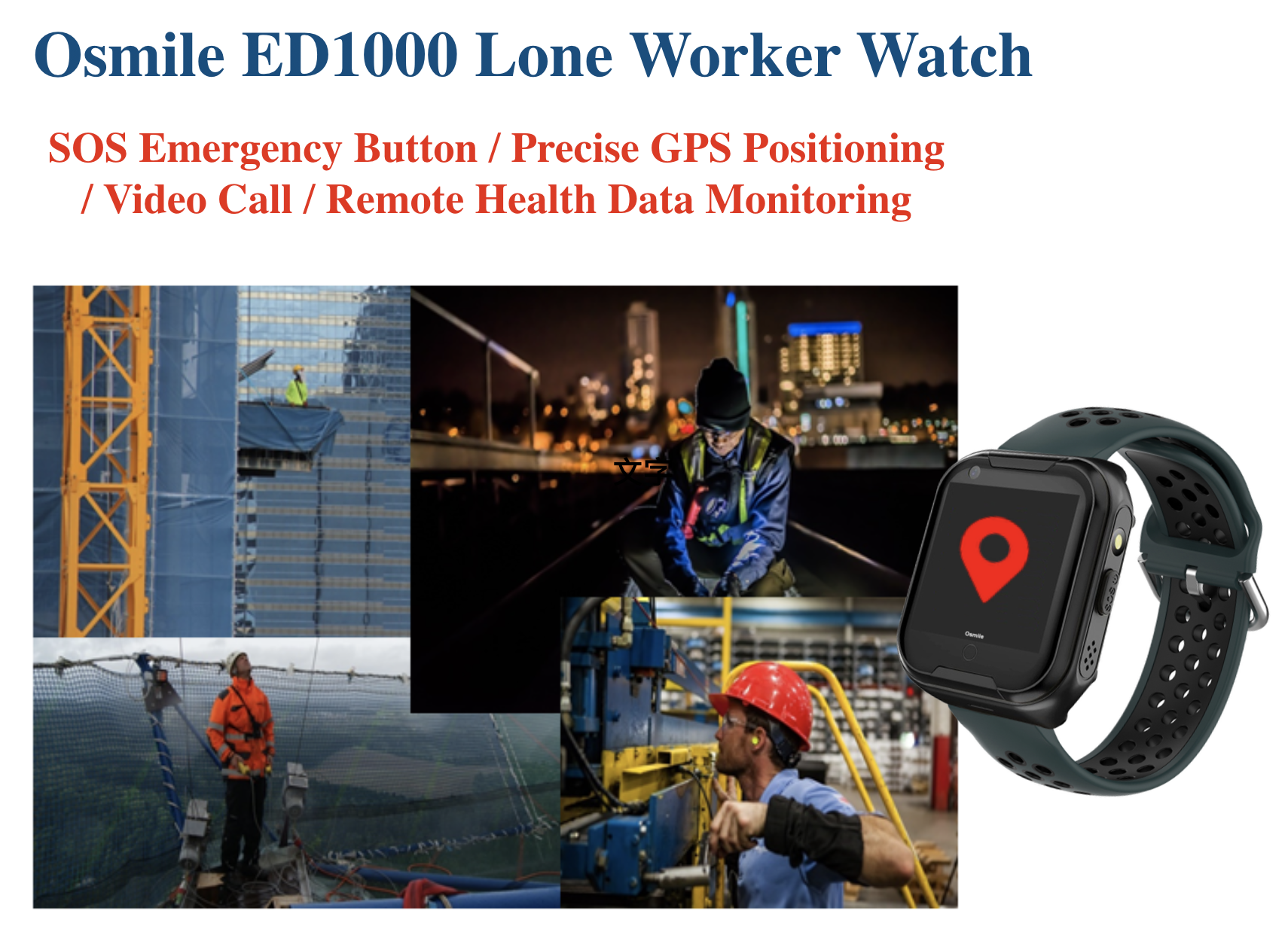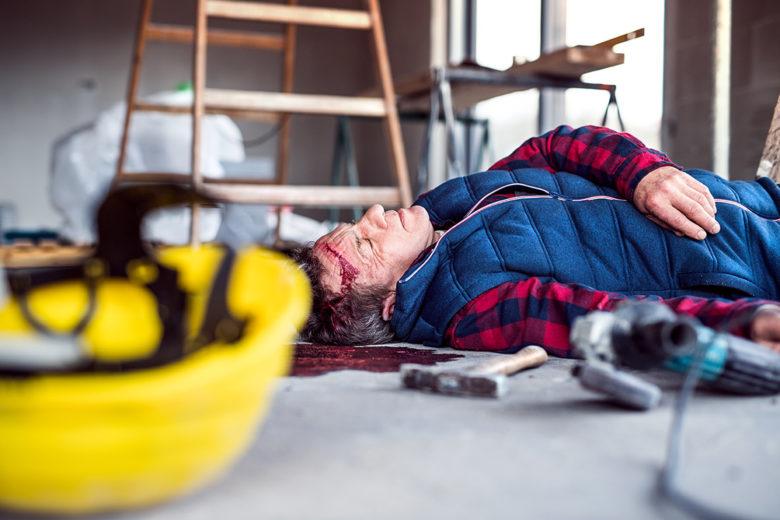News

Who are lone workers?
Lone workers are those who work by themselves without close or direct supervision. Anybody who works alone, including contractors, self-employed people and employee, is classed as a lone worker.
Lone workers include:
- people in fixed establishments where only one person works on the premises, e.g. in small workshops, kiosks, petrol stations, shops and home-workers
- people work separately from others, e.g. in factories, warehouses, some research and training establishments, leisure centres or fairgrounds
- people who work outside normal hours, e.g. cleaners, security, special production, maintenance or repair staff, etc.
- people who work working away from their fixed base, e.g. on construction, plant installation, maintenance and cleaning work, electrical repairs, lift repairs, painting and decorating, vehicle recovery, etc.
- agricultural and forestry workers
- service workers, e.g. rent collectors, postal staff, social workers, home helps, district nurses, pest control workers, drivers, engineers, architects, estate agents, sales representatives and similar professionals visiting domestic and commercial premises.
What kind of hazards might lone workers be exposed to?
Hazards that lone workers may encounter include:
- accidents or emergencies arising out of the work, including inadequate provision of first aid
- sudden illnesses
- inadequate provision of rest, hygiene and welfare facilities
- physical violence from members of the public and/or intruders
What responsibilities do lone workers have?
The employer holds the main responsibility for protecting the safety and health of lone workers. Nonetheless, lone workers themselves have a responsibility to help their employer fulfil this duty, and so they must:
- Take reasonable care to look after their own safety and health
- Safeguard the safety and health of other people affected by their work
- Co-operate with their employer’s safety and health procedures
- Use tools and other equipment properly, in accordance with any relevant safety instructions and training they have been given
- Not misuse equipment provided for their safety and health
- Report all accidents, injuries, near-misses and other dangerous occurrences
What control measures could be implemented to minimise the risk to lone workers?
The risk assessment should prescribe control measures to be implemented in order to eliminate/minimise the identified risks. Such control measures may include:
- communication is very important: mobile phone, telephone or radio
- controlled periodic checks
- automatic warning devices, e.g. panic alarms, no movement alarms, automatic distress message systems, i.e. pre recorded message sent if not actively cancelled by operative, etc.
- instruction and training in proper procedures, e.g. code words for potentially violent situations when combined with mobile phone communication.
- use of Personal Protective Equipment (PPE)
- health surveillance
- first-aid kits and training
- implementing Standard Operating Procedures (SOP’s)
- locking and securing place of work
- implementing correct incident reporting procedures
- provision of counselling
Osmile ED1000 Lone Worker Watch with precise GPS positioning, SOS panic
button, video call, and remote health monitoring is the best tool to help out
lone workers when the accident take place at the work place.
Osmile ED1000 Lone Worker watch: http://www.osmile.com.tw/lone%20worker.php
Contact: Sales@osmile.com.tw

